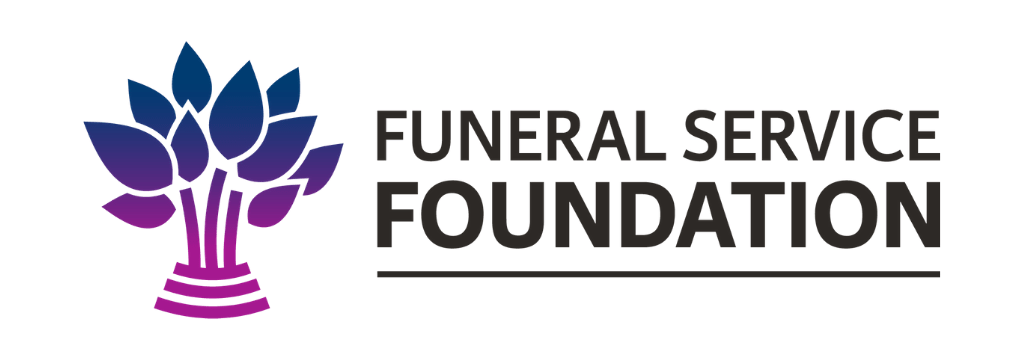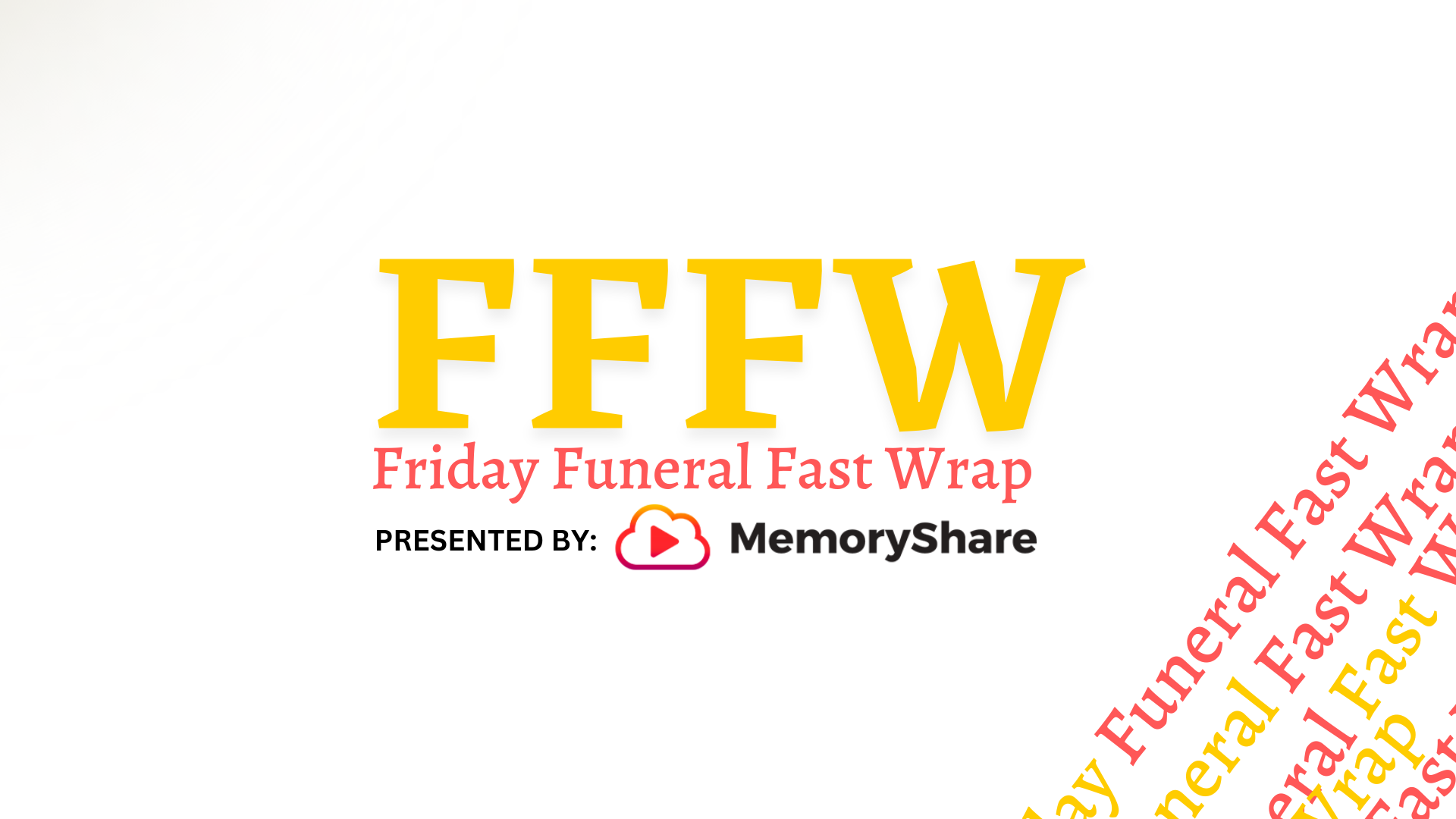Gestures, Expressions and Impressions: Their Importance to and Use In Your Business (Part 1 of 3 Week Series)
Article Originally published on MyASD.com
Author’s Note
The Funeral Services Intelligences Series: Executive Report #2 is a three-part Report which examines the role of gestures, expressions, and impressions in the Funeral Services Profession.
In this first part of the Report, we will define gestures, expressions, and impressions as they relate to the Funeral Services Profession, and introduce six important “moments in time.”
In Part Two of the Report, we will develop answers to important questions about gestures, expressions, and impressions, and consider the impact of appropriate words, products and gifts.
Part Three will complete the Report by analyzing in-depth the six “moments in time” and providing suggestions to enhance your business. This section also highlights a special opportunity to reach out to pet owners who have suffered a loss.
Summary & Premise
- Gestures and Expressions influence the Impressions you make through the words you use and the products you choose when making your gestures and expressions.
- Impressions are either positive or negative, long term or fleeting, with the goal of creating long term positive impressions.
- There are core “moments in time” when a Funeral Director is uniquely positioned to make positive, lasting impressions on those they serve and those they would like to serve in the future. I believe there are six (6) major moments in the Funeral Services Profession.
- The items and products you use to make your gestures and show your expressions are trinkets, tokens, or treasures.
- There are a number of critical questions to answer about your business that relate to your gestures and expressions. Are they conscious or unconscious, questioned or taken as fact simply because “you’ve always done it that way?”
- There are layers of meaning with gestures and expressions, and how the fallacy of self-projection often misleads us.
- There is a strong business reason to use outside services and not attempt to reinvent the wheel in many areas of your Funeral Services business.
- There is a special opportunity to serve pet parents whose pets have died.
The Report
The Play “Wicked,” has a song entitled No Good Deed Goes Unpunished, and I am sure that is how you have felt on more than one occasion too. It happens when you felt you’d done your best to be sensitive or appropriate only to be chastised for some real or imagined embarrassment, oversight, or digression.
It happens to all of us; it appears to be part of human nature to simply get it wrong every now and then. However, I believe that we can maximize our chances for success if we pay attention to our gestures and expressions with an eye toward what type of impressions they have on the recipients of those gestures and expressions.
This is an important concept, and hits at the foundational practices upon which you build your Funeral Services business. Often, problems with business growth or even survival emanate from long forgotten “first principles” that need modification or elimination. A basic premise of Chaos Theory is, “in dynamic systems, there is sensitive dependence on initial conditions.” It is those initial conditions that we will discuss in this Executive Report.
Here are three quick definitions from Webster’s New World Dictionary to ensure we’re working with a common understanding of the central terms used in this Report. I’m using definitions that relate specifically to those you serve, your gestures and expressions to them, and their impressions of you and your business as a result of their exposure to your gestures and expressions.
Gestures: anything said or done to convey a state of mind or intention
In your Funeral Services business, these are the ways you choose to present yourself to your families and prospective families, formally or informally, with authentic respect or feigned emotions. Your choice of words, your body language, and the appearance of everything that those you serve see when they interact with you and your staff.
Expressions: a manner of expressing…especially a meaningful and eloquent manner…a showing of feeling or character.
In your Funeral Services business, these are both tangible and intangible. The quality of materials used the quality of materials and products you give to those you serve, and the rituals that show dignified awareness of the depth of their loss.
Impressions: a mark or imprint…an effect produced as on the mind or senses…a notion or feeling.
Impressions can be either positive or negative and long lasting or fleeting. The obvious goal of all of your efforts is to make a long lasting, positive impression in every area and at every opportunity during your contacts and exchanges with those you serve or hope to serve.
Your gestures and expressions toward those you serve should be carefully selected, institutionalized, and consistently applied.
As a Funeral Director, you are in a unique situation in that your profession and the services you render provide you with at least six highly significant “moments in time” to create long lasting, positive impressions. They are:
Pre-Need
1) When soliciting/making pre-need arrangements
2) In your Community Outreach and Referral Program (C.O.R.P.) efforts
At Time of Need
3) First call
4) The arrangement conference
5) The service or “celebration of life” ceremony (with all that it entails)
6) Your final major contact when you deliver any paperwork, prayer cards, flower cards, pamphlets, and/or any other final support items or information
If you take advantage of each these six unique moments in time, you maximize your opportunity to create long lasting, positive impressions. Please realize that saying you have six primary “moments in time” is an oversimplification. You might think of several more.
A) The purpose is to help you realize that everything you say and do creates impressions, and the more you work consciously and purposefully with your gestures and expressions, the better your chances of creating the impressions you want to create.
B) You want those you serve to feel you helped them recover from their loss.
C) You want them to remember you as a compassionate, concerned professional who cared about them and their family.
D) And, you want them to refer you to others and come back to you again if the need arises. Handle the first two parts (B & C) correctly and the 3rd (D) will happen automatically.
For each of the six major “moments in time” listed above, write how you currently handle them. How do you maximize your opportunity in each of these moments to create the most positive, long lasting impression?
In Performance Improvement, the difference between what is ideal in a performance situation and where you currently are is called a gap or a need. The way to improve performance is to identify your gaps or shortcomings and then work to systematically narrow or eliminate each gap.
If, when analyzing any of the “moments in time” you realize that your current approach is not ideal, then devise a plan, either through in-house efforts or through contracted products or services, to improve your performance. Any increases in performance should migrate to the bottom line through improved impressions and improved business practices.




